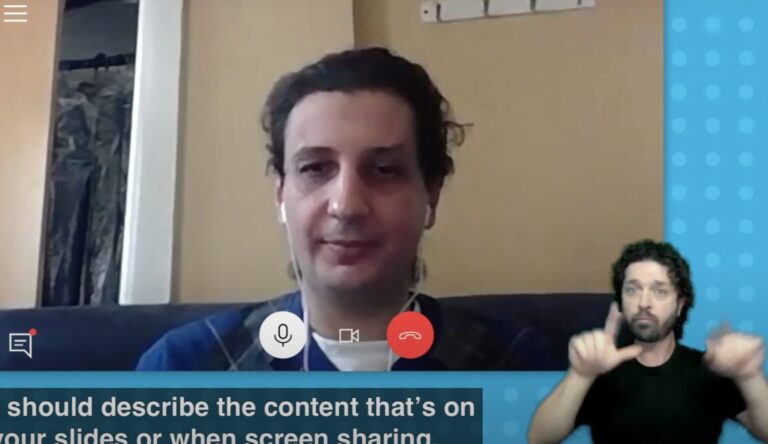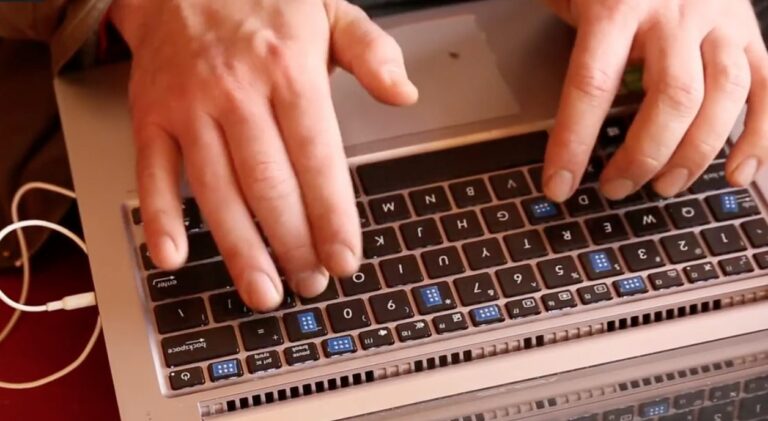Perceptions of University by Students with an Invisible Disability
This brief paper offers insights into the lived experience of 10 learners from an Ontario university who self-identify as having “invisible” disabilities.
This brief paper offers insights into the lived experience of 10 learners from an Ontario university who self-identify as having “invisible” disabilities.
This study indicates few educators broach the subject on the first day of class when they review syllabi, policy and other course-structuring topics. It also contrasts a relational and inclusive approach with more typical transactional talk.
This study illustrates assessment practices that can disable learners. Quotes from learners foreground their concerns with, and realities of, utilizing extra time accommodations.
This case study makes a unique contribution by delving into the ethics of digital accessibility testing in post-secondary education. It offers a Disability Justice informed, disabled-learner-centred model for participation that could be replicated by researchers and those involved in the development, testing and procurement of educational technology in post-secondary.

Very often, yes. With an untenable workload, educators have to prioritize. Those priorities can reflect both the ableist values of the institution and the precarity many educators feel. The development of accessible practices within HE relies on faculty and other staff having the knowledge and skills necessary to change and improve what they do; therefore,…

The ad hoc accommodations model renders learners an inconvenience.
Typically, a learner is responsible for informing the educator at the start of term, if they have been granted academic accommodations.

The current academic accommodations model forces individual learners to prove they are eligible for academic accommodations. And yet, learners are the ones patching up the institutions’ digital accessibility shortcomings.

Unfamiliarity with how to read and write for digital accessibility represents a form of illiteracy whereby the disservice…
This brief paper illustrates what facets of digital accessibility are relevant for educators, and introduces the concept of “accessible digital content literacy skills,” skills specifically related to reading, identifying, curating, and writing/creating accessible digital content.

A poem about nervous system overwhelm, research overwhelm and new beginnings. ( 2min)

“Throughout the world, many [governments and non-governmental] organizations–universities, schools, and private companies–are recognizing that accessibility is a moral and business imperative; many are adopting policies aimed at making Web resources accessible to the more than six hundred million people with disabilities worldwide.” (2002, Rush and Slatin) Recognizing something is a moral imperative … adopting policies…

In this video, people with diverse experiences of disability share practices that help them to perceive, understand and engage with others in the video conferencing environment. (3 min read, 9 min video)

In this video a learner explains the skills and technologies he uses to perceive, navigate and engage with peers and educators in post-secondary. (4 min read, 9 min video)

An individual learner may experience digital inaccessibility in learning environments, activities, materials and assessments, all within their learning community.
This is a foundational text from the Disability Justice movement and a must read.